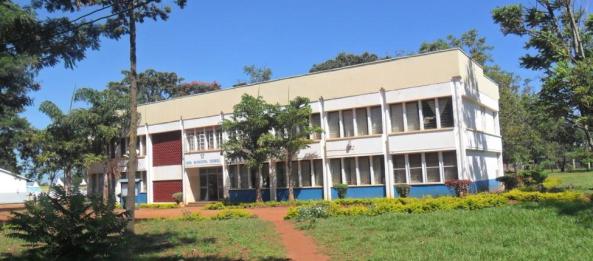Lira Municipality is located in Lira District in Northern Uganda. It is geographically located at latitude 20’ 17′ north of the equator and longitude 32’ 56′ east of the principal meridian. (Figure 1, 2 and 3). It started as a trading centre in 1919 and became a township in 1933. In 1954 the township became a Town Board. At independence in 1962 Lira became a Town Council and it was not until 1985 that it was elevated to its current status of a Municipal Council
The Council has four (4) Divisions, twenty two wards (22) and sixty four cells (64)
It covers a land area of 7745hectares and the Municipality is surrounded by swamps. The main water source for the people of Lira Municipality is piped water by the National Water and Sewerage Corporation. There are 5412 public water points in the Municipality with some houses/families supplied with own water. However, Ayago parish in Railway Division is still not fully covered by piped water; therefore the few people around that place still use either water from boreholes or springs. In general, the safe water coverage in the Municipality is estimated at 91%
.
The sewerage waste lines are divided into two; the Western sewerage system with the length of 2.1 kilometers and it covers radius of 100 meters and a total area of 31 hectares. The Eastern sewerage system with a length of 7.5 kilometers and it covers a total area of 142 hectares and has a radius of 100 meters. In total, the sewerage length for Lira Municipality is 9.6 kilometers and covers a total area of 173 hectares. Latrine/Toilet coverage in the Municipality is estimated at 95 %( excluding the IDP camps) and hand washing is practiced by 70% of the population in the Municipality.

